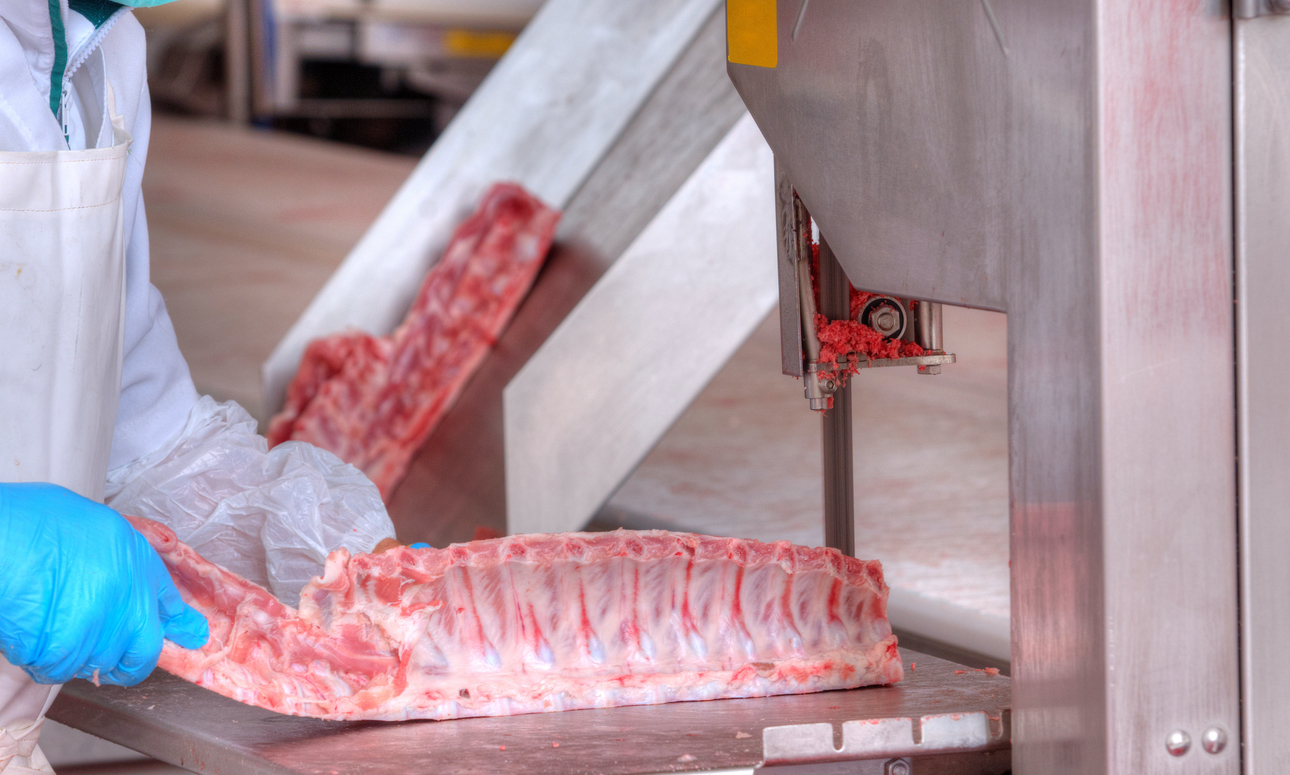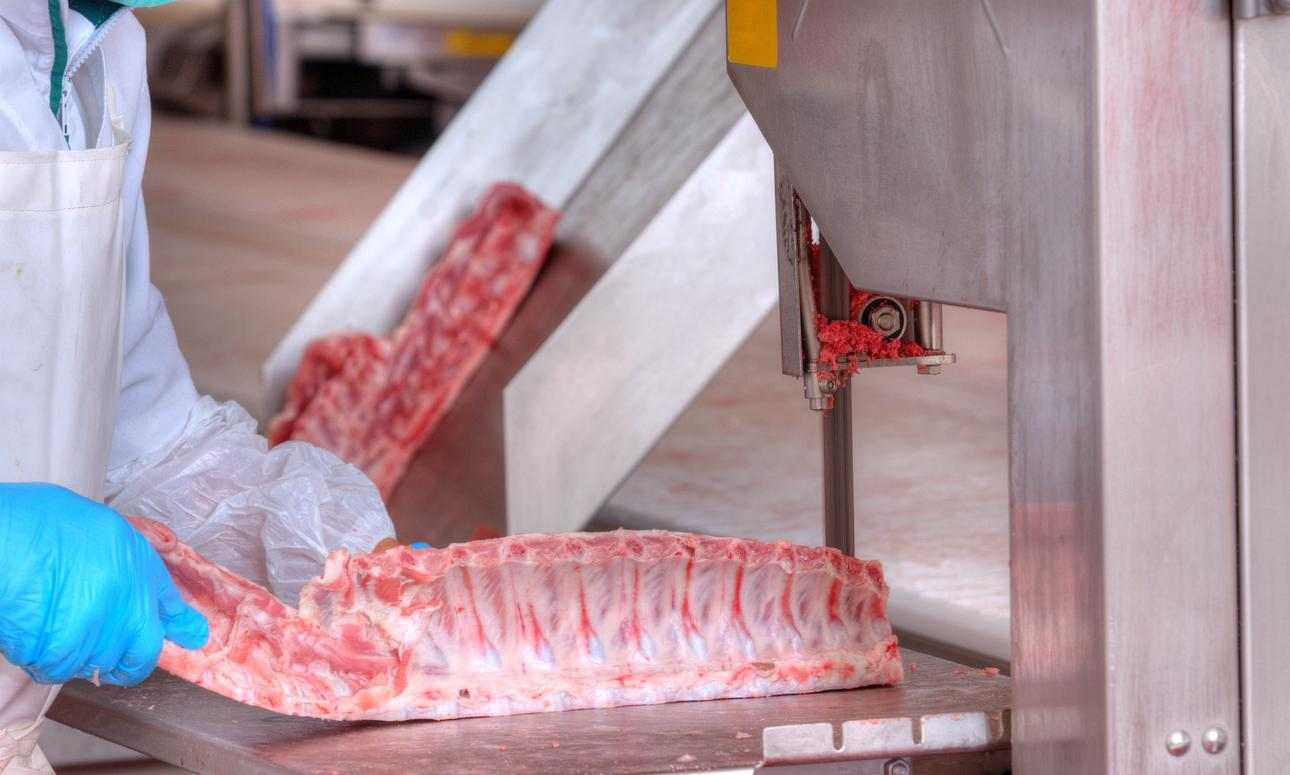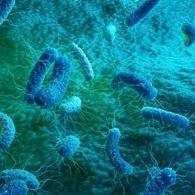From farm-to-fork, the food that we eat comes into contact with a multitude of chemicals, from fertilizers and pesticides to processing plant cleaning chemistry and packaging materials. Cleaning and disinfection is an essential step in producing food and beverage products that are safe for consumption at the time at which they reach the consumer by minimizing the risk of contamination from unclean equipment and the production environment. Disinfectants (sanitizers), especially those being used in an industrial capacity, need to contain biocides/actives in order to manage and control the complexities of food bacteria and microbes.
Our industry is steadfast in researching and re-evaluating food safety best practice. As detection and analysis technology becomes more intricate, one topic which has emerged in the past 5 to 10 years is residual chemistry, in particular QACs (Quaternary Ammonium Compounds), ending up in finished goods.
QACs have been, and are still, widely utilized within disinfection products because they are extremely effective in controlling and killing bacteria as well as being odorless, safe to use when being used correctly and cause no adverse reactions when coming into contact with other materials such as stainless steel. Nevertheless, any development which advances food safety should always be considered.
Chemical Residue Regulations
In 2008, the European Union released an update to Regulation (EU) No 396/2005 (on maximum residue levels (MRL) of pesticides in or on food and feed of plant and animal origin) which set the default MRL at 0.1 mg/kg. In 2012, Regulation (EU) No 528/2012 (concerning the making available on the market and use of biocidal products), more commonly known as The Biocidal Products Regulation (BPR), was introduced. As part of the BPR approval process, disinfectant manufacturing companies are required to submit a technical dossier which includes information related to maximum residue levels of biocidal actives and a thorough dietary risk assessment.
In 2018, the Canadian government initiated research into QACs which is still in process.
Industry Guidelines on Chemical Residues
In 2017, The Global Food Safety Initiative (GFSI) formed a Technical Working Group comprising individuals from food and beverage producers and cleaning and sanitation suppliers (including Diversey) to discuss the safety concerns around chemical residues and collaborate on possible resolutions.
The Working Group found:
"With respect to the global regulatory environment, mapping of the related regulations showed differences of approach and a lack of harmonisation between jurisdictions. Whilst the correct use of cleaning agents, sanitisers and disinfectants during production, processing and retail is not usually intended to expose food to substances contained in these chemicals, it is acknowledged that they may lead to the presence of traces in food.
A primary principle of food and related regulation is to ensure the protection of consumers. However, in the case of cleaning chemicals, food business operators have the responsibility of meeting two objectives:
- Limiting consumer exposure to traces of active substances contained in cleaning agents, sanitisers and disinfectants, and;
- Ensuring microbiological safety by having effective tools to control organisms to the extent that they cannot cause harm to human or animal health.
As some traces are technically unavoidable, it is not appropriate to attempt a step to ensure zero traces in food. Every substance and chemical should be assessed in the specific context of food production. It is important to implement proportionate measures to mitigate the risks of significant consumer exposure to traces derived from chemical use".
The work resulted in two guidance documents being published in 2019:
Chemicals in Food Hygiene (Volume 1): The Optimal Usage of Cleaning Agents, Sanitisers and Disinfectants to Minimise the Risk of Traces in Foods.
“Provides a high-level overview of the considerations that a food business operator needs to consider in relation to ensuring appropriate hygienic practices. This guidance focuses on the responsible and effective use of chemicals in food hygiene cleaning and disinfection especially of food equipment and other food contact surfaces including hands. The aim of the document is to ensure that the risk of traces in food is minimised whilst ensuring microbiological efficacy".
Chemicals in Food Hygiene (Volume 2): Cleaning Agents, Sanitisers and Disinfectants in Food Businesses: Detection of Traces and Human Risk Assessment Processes.
“Provides a more in-depth understanding of risk assessment processes. It includes an overview of existing methods for detection of traces at relevant points in the food production process. Criteria and approaches for risk assessment in relation to the procurement, application and use of chemicals in food hygiene for food businesses and primary producers are provided for use as a guideline along with a number of tools to support the risk assessment process".
Both guides are freely available from the GFSI website. Volume 2 includes a variety of templates to help conduct a risk assessment.
What can you do to manage residues?
There is a need for a proactive approach to control the risk of potential residue contamination and to meet evolving regulatory and retailer requirements, without risking the food safety standards of the product. The steps below provide some guidance.
Know your environment. Directives and regulations differ from region to region and even from country to country within a region. Some elements to consider:
- Involve colleagues from across departments (production, operations, quality, legal etc) in the conversation to create your site-specific framework.
- Complete a risk assessment using the templates provided by GFSI volume 2.
- What approvals are in place for the chemicals being used? Approvals can be externally required (BPR, EPA FDA, COFEPRIS, FSSAI etc) or internally, such as supply chain requirements between a dairy and a milk processor or a product approval between a processor and a chemical supplier.
Work with your chemistry supplier to review your cleaning chemistry and Sanitation Standard Operating Procedures (SSOPs). Remember to validate any new processes or processes that have changed; this could involve using an external testing laboratory to test for the presence of residues. Some elements to consider:
- Do any of the products currently being used contain QACs? What is the overall impact? Can they be replaced with quat-free alternatives?
- Would an additional or longer rinse step help?
- Would a change in chemical concentration/dilution help?
Regularly review your equipment for compliance with the principles of hygienic design.
Diversey has considerable experience in helping food and beverage processors to optimize their hygiene protocols. From OPCCheck, a holistic overview of OPC procedures to find optimization opportunities, to our new quat-free range, Sani, we can recommend solutions bespoke to each site. Contact us below.
Additional Resources
New Food Magazine, Quaternary ammonium compound maximum residue levels, December 2014.
EU legislation on MRLs (summary page).





